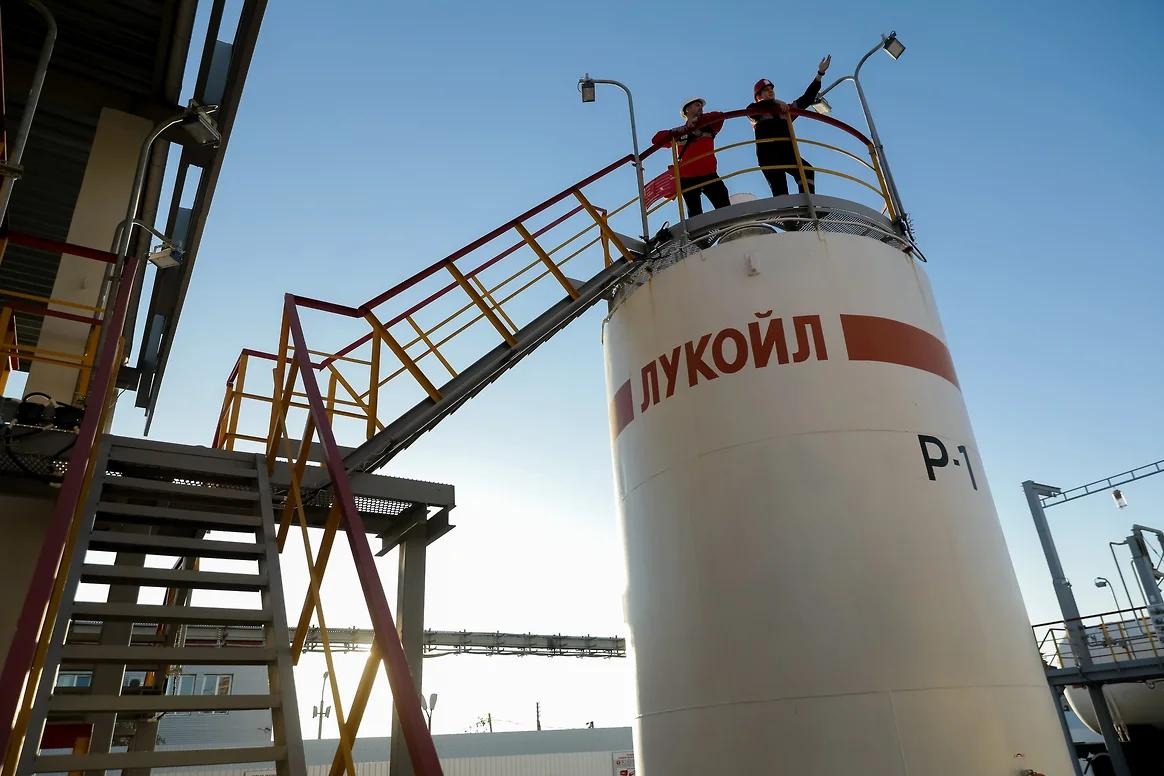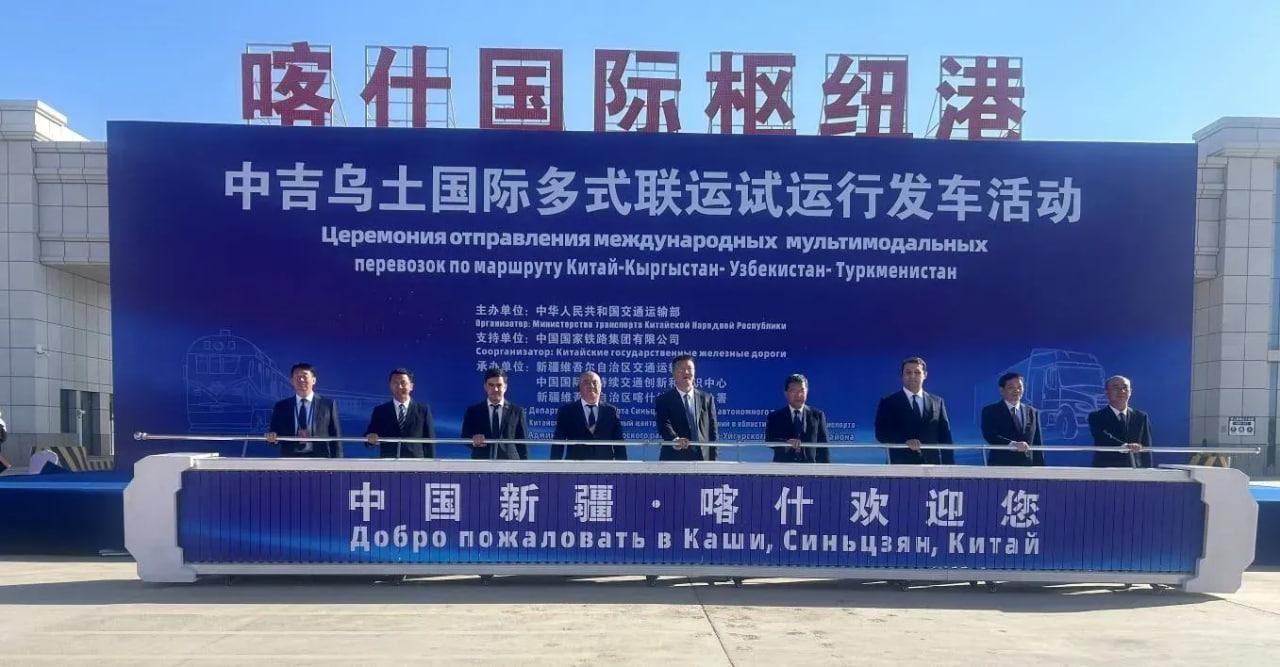AKKUYU AND TURKISH NUCLEAR POWER
AKKUYU AND TURKISH NUCLEAR POWER
In an era of record-high oil prices, Turkey, which imports 90 percent of its energy needs, is considering any and all options, including nuclear. The country’s energy requirements are pitting the government against the country’s environmentalist lobby, one of the strongest in the Middle East.
Earlier this year the Turkish Ministry of Energy once again solicited bids to construct Turkey’s first nuclear power plant, to be built in Akkuyu near the popular tourist resort city of Mersin on the Mediterranean.
A second nuclear power plant is also planned near the village of Abali in Sinop’s Inceburun district on the Black Sea (Vatan, April 18, 2008). Land abutting Abali, which belongs to the Forestry Ministry and the Treasury, has recently been transferred to the Turkey Nuclear Energy Foundation (TAEK). Both plants are expected to be operational by 2015.
Many Turks fear that the 4,000-megawatt Akkuyu facility, if constructed, could suffer a meltdown like Ukraine’s Chernobyl nuclear facility underwent in April 1986. The radioactive plume spewed by the stricken reactor blew southeastward and heavily contaminated Turkey’s Black Sea coast (Deutsche Welle, May 23, 2008).
Adding to environmentalists’ worries is the fact that the Akkuyu facility would be situated in a region subject to earthquakes. On June 27, 1998, a major earthquake measuring 6.3 on the Richter scale occurred in nearby Adana. The quake, which caused damage estimated at $1 billion, killed 150, injured 1,000 and damaged 74,300 buildings. Turkey is one of the most seismically active regions in the world, rating 6th in the world of nations suffering annual earthquakes measuring 5.5 or greater on the Richter scale. Earthquakes have killed 950 citizens and have produced an average annual economic loss of over $1 billion over the past decade (Murat Sungur Bursa, “Afet Yonetimi,” October 26, 2004, www.info.worldbank.org).
In a 1999 study, Earthquake Forecasts Inc. president Professor Karl Buckthought analyzed data from 1973 through 1998 and concluded that over the 40-year life of the proposed Akkuyu reactor, the probability of damage due to an earthquake is at least 50 percent, as research has determined that an active fault line, the Ecemis fault, runs close to the Akkuyu site (Radikal, October 10, 1999).
Despite such concerns, planning is proceeding. On April 7 Canada’s AECL, Japan’s Hochu, France’s Vinci Corporation and Belgium’s Suez-Tractabel submitted bids to construct Akkuyu, with a final decision expected in October. A Turkish Energy and Natural Resources Ministry official said, “We expect Turkish companies to set up consortia with experienced foreign firms and join this tender.” After the plant comes on line, the Turkish Energy Trade and Commitment Corporation will buy Akkuyu’s electrical output for 15 years (Anadolu Ajansi, April 7).
Turkish Energy and Natural Resources Minister Hilmi Guler sees little alternative to Turkey embracing atomic power. After meeting in Ankara last month with 150 scientists from the Turkish Atomic Energy Agency (TAEK), Guler told journalists, “Nuclear energy is not only a preference; it is a must” (Anadolu Ajansi, April 14). Seeking to allay safety concerns, Guler added, “research on nuclear energy by TAEK and related departments of universities has been going on for 56 years.”
The Akkuyu site has a number of factors recommending it. Being on the coast, it would be easy to bring in heavy machinery. Akkuyu is also close to major urban markets for its electricity, including Adana, Konya, Antalya and Mersin.
The project has had a long gestation, as Akkuyu was first chosen as a nuclear plant site in 1976. In 1992 the government attempted to begin construction, but action by a coalition of 52 environmentalist groups halted operations.
Eight years later environmentalists thought that they had achieved victory when Prime Minister Bulent Ecevit cancelled plans for Akkuyu over fiscal concerns, stating that the government could not afford the facility’s estimated $3-$4 billion cost while it was committed to spending cuts. Ecevit told reporters after a cabinet meeting, “The world is abandoning nuclear power,” and added, “It is unnecessary for us, for the time being, to invest in nuclear energy. Our economic stability program could be seriously hampered.”
Ecevit made it clear that the decision had been made for economic, not environmental, reasons, noting that Turkey, participating in a three-year anti-inflation program supported by the International Monetary Fund, had to reassess its current priorities. “Once the stability program has reached its aims, nuclear plants will come back onto the agenda,” he said. To underline his message that the cancellation was temporary, the prime minister concluded, “The cancellation of the Akkuyu tender does not mean that we have abandoned nuclear energy” (Sabah, July 26, 2000).
In 2008 a lower inflation rate combined with rising energy prices brought the nuclear issue back to life. In 2000 Turkey’s inflation rate exceeded 40 percent. The government is seeking to lower the rate to a manageable 4 percent. “High global prices for energy and food, combined with the effects of a domestic drought, have recently pushed up Turkish consumer price inflation to 9.75 percent. The risk is that these shocks might cause broader-based price pressures, significantly delaying achievement of the official 4 percent inflation target” (IMF Survey: Turkey, May 9).
As Turkey has no significant energy resources to fuel its economy, which last year grew by 4.5 percent, the nuclear option seems to have advantages over further energy imports from Russia, Iran or the Caspian nations, which will likely power Ankara’s determination to see the project through to completion. For Turkey’s environmentalists, there is some solace in the fact that they have 32 years of activism under their belt and, if the economy weakens yet again, a second possible victory. Both sides will doubtless lay claim to the proverb, “Iyi baslamak bitirmenin yarisidir” (“A good beginning is half the battle”).


